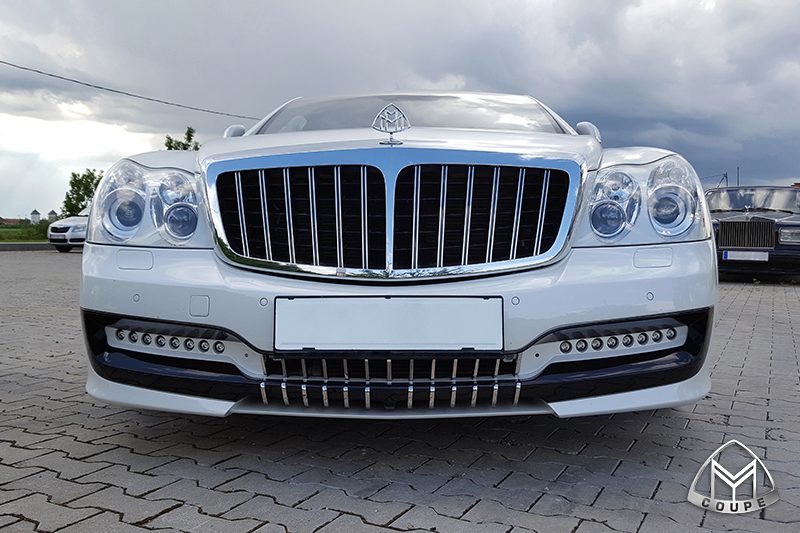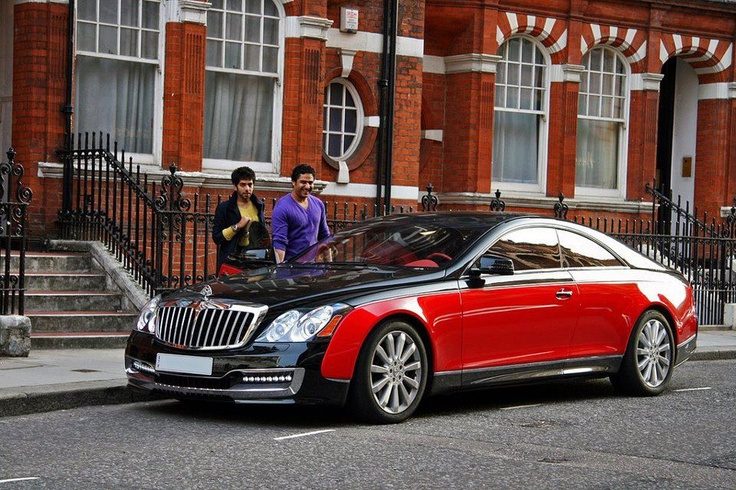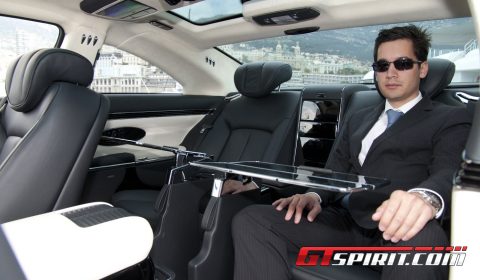- 27,264

- United Kingdom
If you're intrigued by the M35, you'll probably like the Bijou too, which I'm sure is a car many haven't heard of:The things one can find when researching information on Wankel cars... As I was checking out tidbits of information about the NSU Ro80,I wound up discovering the Citroen M35. No, it's not a Citroen tank, or a Citroen-sponsored British highway. Instead, it's this;

It was designed and built in Britain (penned by the designer of the original Lotus Elite, which isn't a surprise if you put the two side-by-side) as a way of boosting Citroen sales. Cars like the 2CV proved just a bit too weird for Brits early on and the Bijou was supposed to be a more conventional offering.
Only like the M35, it didn't really succeed, since they made barely more than 200 of them. It was a bit too expensive, and slower to accelerate (though faster at the top) than the 2CV itself since the fibreglass bodywork was heavier than that of the wafer-thin metal on the 2CV.







